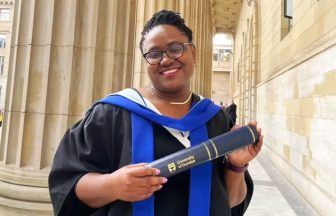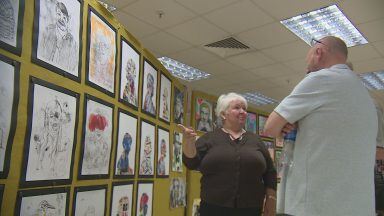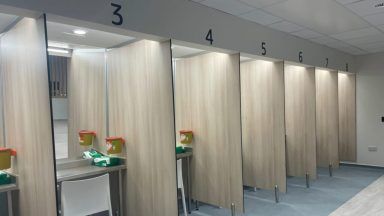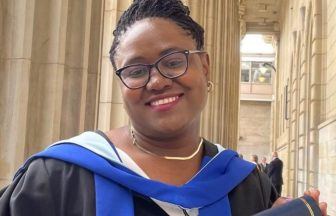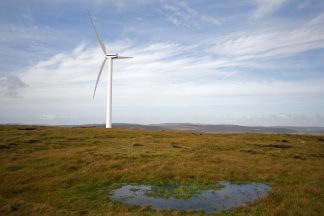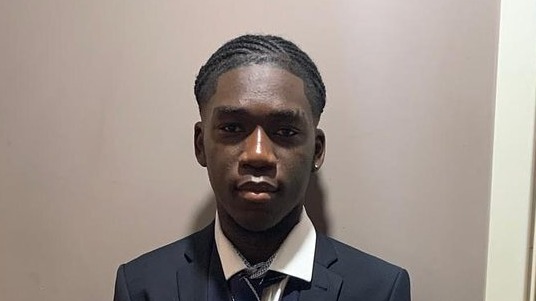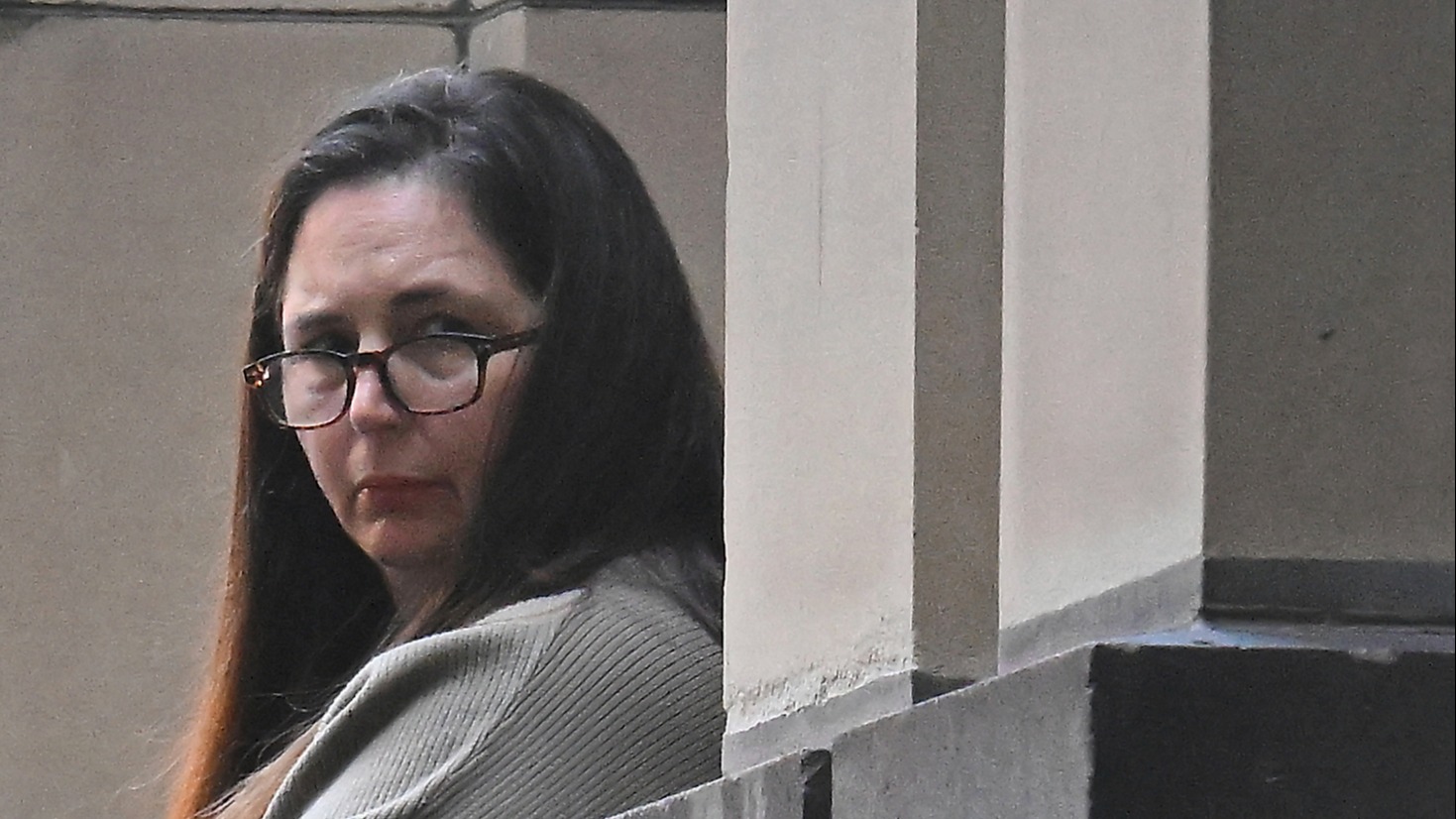A Dundee-based team have travelled 8,000 miles to reopen what is believed to be the world’s most remote museum.
The South Georgia Museum of Grytviken, situated around 1,000 miles from the Falkland Islands, will fully open for the first time since 2020 with the help of the small, all-female team.
South Georgia Heritage Trust (SGHT), based in Dundee, have built a team to travel to the British Overseas Territory in the Southern Ocean.
The trust have been working to conserve South Georgia’s fragile ecosystem and heritage since 2005.
They also run the museum on behalf of the Government of South Georgia and the South Sandwich Islands.
Trust director Deirdre Mitchell, from Dunfermline, is joined on the project by museum assistant Helen Balfour from Lerwick in Shetland and curatorial intern Aoife McKenna who recently graduated from the University of St Andrews.
The team also includes curator Jayne Pierce from Bath, and senior museum assistant Lauren Elliott from Portsmouth.

Before leaving for South Georgia, director Deirdre lived in Inverness and previously spent time on the island as a former curatorial intern at the museum.
While museum assistant Helen is originally from Shetland, both her grandfathers and one great-grandfather were all whalers on the island throughout the 1930s to 1950s.
Helen’s grandfather James Balfour first visited South Georgia in 1952. After a decade of whaling, he was on board one of the last whale catcher vessels that worked out of Grytviken – the island’s only settlement.
Her other grandfather Alan Leask started whaling as a 16-year-old and did two seasons, as did her great-grandfather Thomas Balfour twenty years before. Thomas had previously worked at a Salvesen whaling station closer to home at Olna, Shetland.
Helen will be following in their footsteps, as the now abandoned Grytviken whaling station is where the South Georgia Museum now stands.
South Georgia is famed for its iconic wildlife, including humpback whales, southern elephant seals, vast colonies of king penguins and an array of seabirds, and for its links with world-famous explorer Sir Ernest Shackleton who is buried on the island.
This season, which runs from October to March, the museum is expected to welcome around 15,000 visitors.
Visitors to South Georgia will be able to see Shackleton’s original Crow’s Nest, a lookout barrel from his fourth and final voyage The Shackleton-Rowett Antarctic Expedition, also known as The Quest Expedition.
The Crow’s Nest is one of the last vestiges from Quest and will be the centrepiece of the South Georgia Museum’s current exhibition Shackleton’s Last Quest, which was launched to mark the centenary of Quest leaving London for South Georgia in 1921.
This will be the first time the Crow’s Nest has been on South Georgia since the expedition ship was there in 1922.
Deirdre said: “As a Scot, I’m particularly fascinated by the many Scottish connections with South Georgia’s whaling history and how we seem to be drawn to this remote island.
“I also can’t wait to be surrounded by the island’s incredible wildlife and landscape once again, and to share this amazing place with visitors from across the world so they can find out more about the island’s remarkable wildlife and heritage.”
Follow STV News on WhatsApp
Scan the QR code on your mobile device for all the latest news from around the country


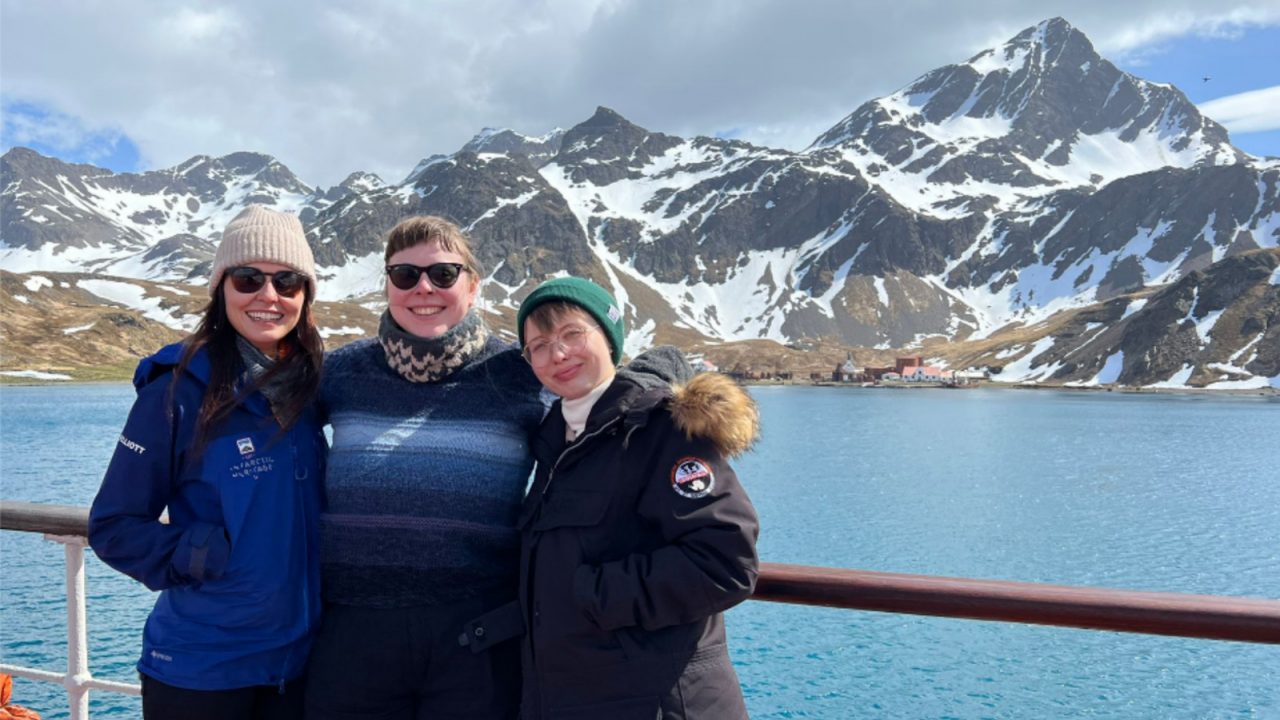 South Georgia Heritage Trust.
South Georgia Heritage Trust.

